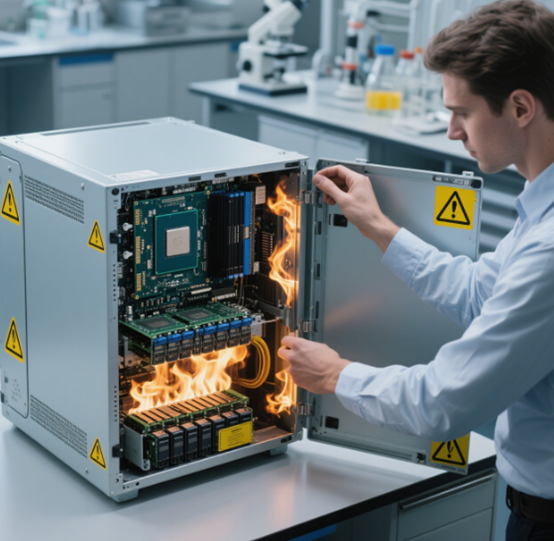Bare Metal Server has become the first choice for many enterprises and developers due to its high performance and resource specialization, especially in scenarios that require high computing power, low latency, and large-scale data processing. However, choosing the best bare metal server for your needs is not an easy task. In addition to the basic hardware configuration, you need to consider multiple factors, including performance requirements, resource optimization, and scalability. The following will analyze in detail how to choose a suitable bare metal server based on business needs.
Clearing the performance requirements of applications is the core of choosing bare metal servers. Different applications have different requirements for computing power, memory, and storage. For example, tasks that require high-performance computing (HPC), big data analysis, and machine learning usually require powerful CPUs and large amounts of memory. For high-throughput database applications, storage devices with high I/O performance may be required.
CPU selection: The CPU of a bare metal server is the key to performance. Choosing a multi-core processor (such as Intel Xeon or AMD EPYC series) is essential for concurrent processing tasks and large-scale data processing. If you need to process complex algorithms and large-scale computing tasks, choosing a CPU that supports high frequency and high concurrency will bring significant performance improvements.
Memory selection: The size and type of memory (such as DDR4, DDR5) also have a great impact on performance. If the application needs to frequently swap memory, the size of the memory will become a bottleneck. For example, large databases, high-frequency trading, and big data analysis all require large-capacity memory. Choosing high-performance memory (such as ECC memory) can effectively avoid data errors and improve system stability.

Bare metal server
Storage selection: For applications with high storage performance requirements, it is recommended to choose solid-state drives (SSDs) or NVMe SSDs, which provide faster read and write speeds than traditional mechanical hard disks (HDDs). For applications that require a large amount of storage space, you can choose RAID array configurations to achieve higher fault tolerance and read and write performance.
Bare metal servers provide dedicated hardware resources, so resource optimization and customized configuration are very important when choosing. Many cloud service providers provide different hardware configurations based on business needs so that customers can choose on demand.
If your application only needs to handle light-load tasks, it will be more economical to choose a low-configuration server. In this case, low-frequency, multi-core CPUs, and moderate memory configurations are sufficient to meet the needs, while high-performance hardware resources are redundant and increase unnecessary costs.
For applications that require higher performance, the hardware configuration of the bare metal server needs to be customized according to specific needs. Ensure that the CPU, memory, and storage devices can match the load requirements of the application to achieve efficient use of resources.
When choosing a bare metal server, network bandwidth is also a factor that cannot be ignored. If the application relies on large-scale data transmission (such as big data processing, streaming media transmission, etc.), you need to choose a server that supports high bandwidth. Usually, such servers will be equipped with multiple 10Gbps or even higher network interfaces. Considering network latency and bandwidth limitations, it is very important to choose a low-latency, high-bandwidth network interface, especially in distributed computing or cloud computing environments.
The choice of bare metal servers needs to be evaluated based on specific performance requirements. For applications that require high-performance computing, big data processing, and low latency, it is crucial to choose the right CPU, memory, storage, and network bandwidth. In terms of resource optimization, through customized configuration and reasonable selection of hardware resources, enterprises can avoid unnecessary cost waste while ensuring efficient performance.

 DNS Intelligent Resolution
DNS Intelligent Resolution

 Custom Authoritative DNS
Custom Authoritative DNS
 Cloud Computing Services
Cloud Computing Services
 Server Rental
Server Rental
 DDoS protection
DDoS protection
 About DNS.COM
About DNS.COM
 Support
Support
 Contact Us
Contact Us
 AFF
AFF
 API Docs
API Docs

 CN
CN
 EN
EN













